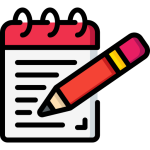
The Art of Taking Online Notes:
Tips for Effective Digital Note-taking on ReviseCS
In an era where the digital reigns supreme, taking notes isn't what it used to be. The rustling of pages has been replaced by the tap-tap of keyboards. But the essence remains unchanged: it's about capturing, processing, and revisiting knowledge. With ReviseCS's cutting-edge online note-taking facility, the task is now more seamless than ever. Let's dive deep into mastering this digital art.
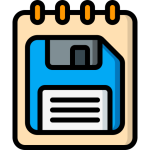
1. The Digital Note Advantage
Online notes aren’t just about convenience. They offer:
- Instant access from any device.
- Easy organization and categorization.
- Streamlined searching capabilities.
- Swift editing and updating.
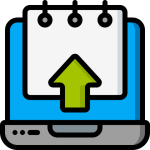
2. Integrate as You Learn
The note-taking feature is embedded in each course page on ReviseCS, making it effortless to jot down key points as you traverse your learning journey.
Top Tip: As you encounter a new concept or idea, pause for a moment and summarize it in your own words in the online note-taking section. This act of translation reinforces comprehension.

3. Central Hub for Knowledge
Your student dashboard isn't just a performance tracker; it's also the nucleus of all your notes. Here, you can review, organize, and delve back into any topic with ease.
Practical Advice: Dedicate time each week to revisit your notes. This regular interaction will help in the long-term retention of concepts.
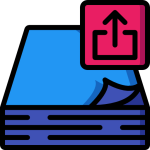
4. Export, Edit, Print
Want to further refine your notes? Or perhaps you’re a fan of traditional paper revision? With the export feature, you can take your digital notes offline, giving them a touch of personalization or making them print-ready.
Top Tip: Once exported, highlight, annotate, or doodle around your notes. Engaging with them in different ways can enhance memory.
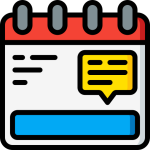
5. The Power of the Cornell Method
While digital notes are invaluable, the tactile experience of handwritten notes has its unique charm and efficacy. Enter the Cornell Note Template provided by ReviseCS. This method divides the note page into three sections: cues, notes, and summary. This structured format promotes active engagement, systematic review, and concise summarization.
Why It Works:
- Cues: This narrow column is for keywords or questions. It prompts recall and active engagement with the main notes.
- Notes: The largest section where you jot down main ideas, details, or explanations.
- Summary: At the bottom, you write a brief summary of the entire page, reinforcing the primary concepts.
Practical Advice: Use the Cornell method for particularly challenging topics. The act of physically writing can embed information more deeply, while the structure ensures you're processing and summarising as you go.
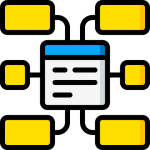
6. Merging the Best of Both Worlds
The beauty of ReviseCS's offerings is that you aren’t confined to one approach. You can seamlessly merge digital and handwritten notes, utilizing the strengths of both.
Top Tip: For a topic, start with digital notes capturing key points. Later, delve deep with handwritten Cornell notes, expanding on concepts and adding personal reflections.
Embracing the art of note-taking, be it digital or handwritten, is about finding what resonates with your learning style. The tools offered by ReviseCS are designed to give you flexibility, efficiency, and depth in your revision process. Remember, notes aren't just about capturing information; they're about understanding, processing, and making knowledge a part of you. So, dive in and let the art of note-taking elevate your learning journey.
